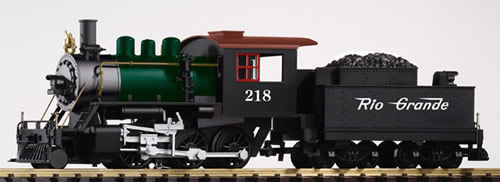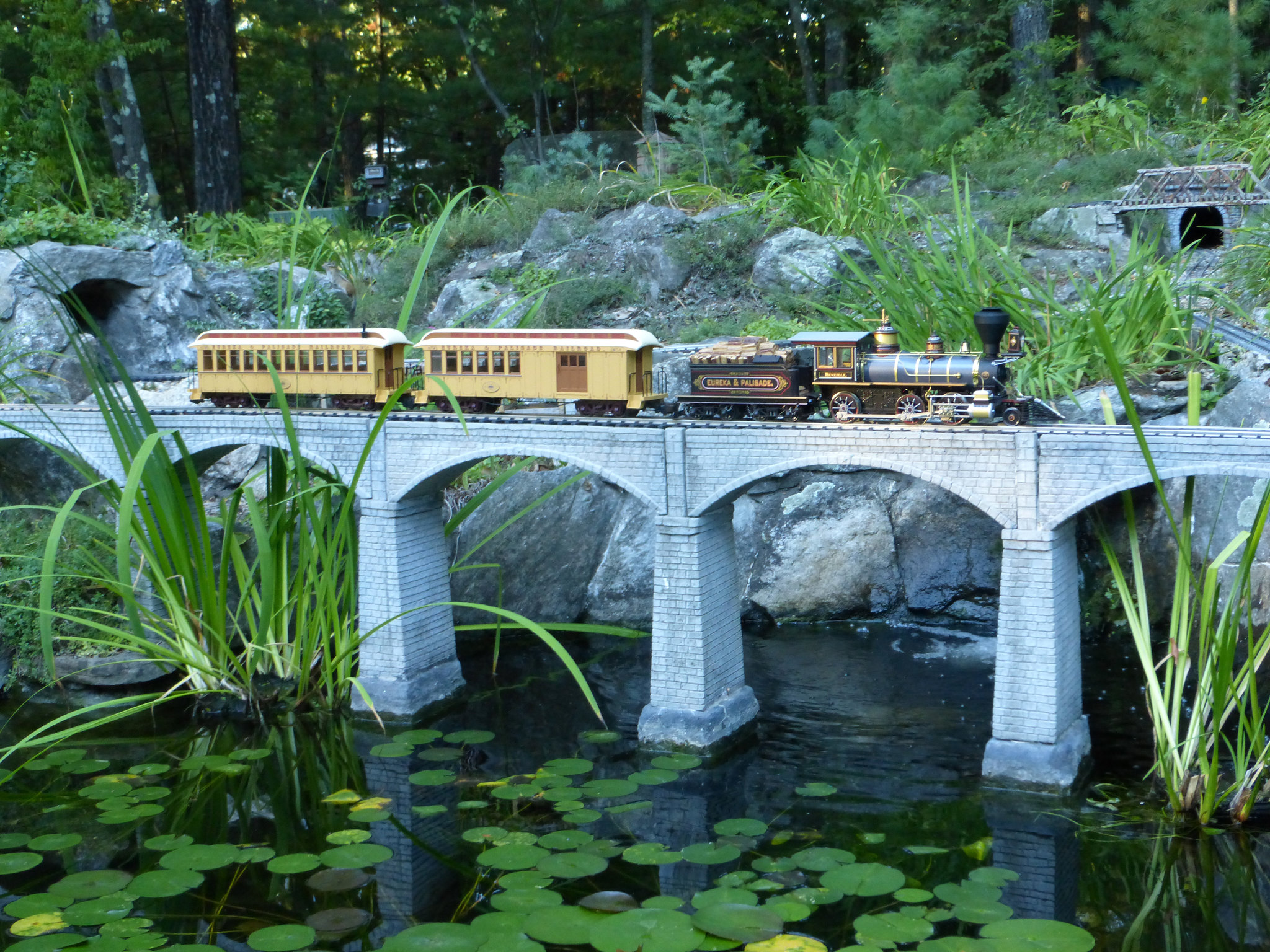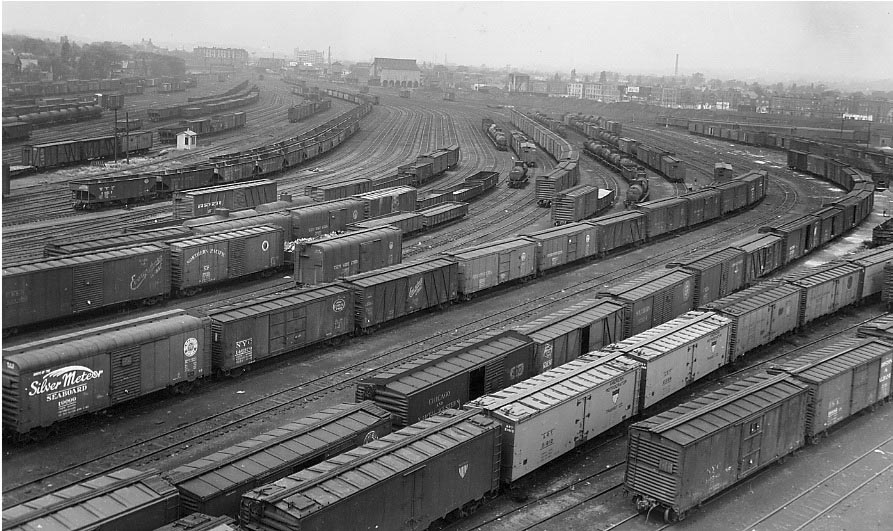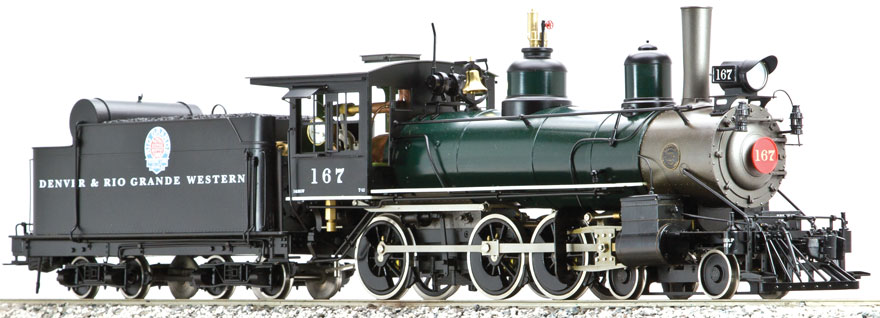It is my understanding the the 4-6-0 by Bachmann is a model loosley following an East Tennessee and Western North Carolina (Tweetsie) 3 foot narrow gauge locomotive. So in that respect proportions are correct, exact scale is another topic. In many respects Bachmann follows LGB in using a rubber ruler if you are interested in true scale fidelity.
It is suggested that D&RGW did in fact run 4-6-0 locomotives as pictured here http://www.rrpicturearchives.net/locoPicture.aspx?id=208856.
To go to the OP’s original question, a bit of research into historical railroad photographs you will find that rolling stock varied greatly is size and configuration in the early part of the 20th century. I didn’t bookmark the photo, but on Shorpy there is a photograph of a rail yard which clearly demonstrates the variety of rail car sizes all mixed together.
I am personally a narrow gauge freak. If it isn’t narrow gauge, it isn’t. I have K27s, 2-8-0 Connies, a 2-8-0 C19, early Shay, a Climax and a Heisler. I run all the various manufacturers (Bachmann, USA Trains, Aristo Craft, Lionel, Dalton, etc.) that all range in the 1:22.5 to 1:24 scale for the narrow gauge equipment, and 1:29 for Aristo Craft and some USA Trains. So long as you don’t run 1:20.3 next to 1:29 rolling stock, they all mix well together.





